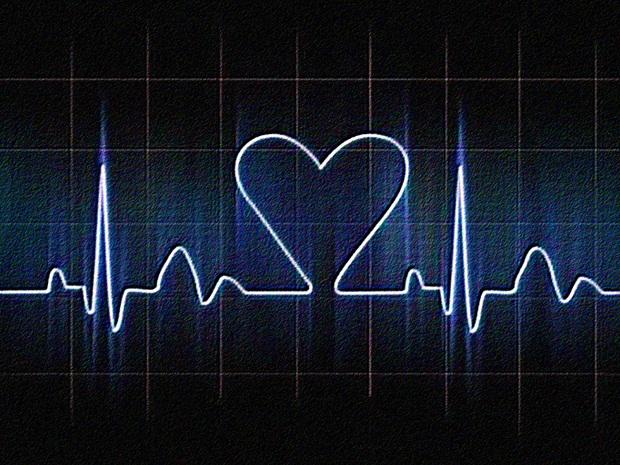1243
5 types of love

Initially, the theme of love in psychology considered "taboo" But modern psychologists have created several of his formulas by which they attempt to explain the mystery of romantic love. 1. Love as bolezn

American psychologist Dorothy Tennov in his book "Love and Love" described the passionate romantic love as a blind biological mechanism to provide our ancestors' ability not only to proliferate, but also a time to educate the general detey.Tennov does not believe true love, love, and describes it more as the disease state, which has the following symptoms. Persistent obsessive thoughts about the object of love. Acute, painful feelings of the need for response object. The feeling of euphoria in the case of reciprocity. Focus on the object of love to such an extent that one can ignore the important responsibilities and tackle urgent problems. Distorted perception of the object of love, often bordering on delirium. This exaggerated positive qualities of the object, and negative or ignored, or considered to be attractive. Strong sexual attraction to the object of love. Tennov stressed that although the simple desire to love and sex - not the same thing, love without sexual attraction does not exist, since it lies at its core. According to her, healed from the "disease of love" is almost impossible. There are only two possible cure for love. The first - to cease all contact with the object. This method is very painful and almost inevitably lead to depression, but a normal person in love with the fade. Another way - to start a relationship. Feature of "painful" love is that it disappears, usually within 1-4 years. It is no accident say that after four years, people often get divorced. However Tennov does not consider forecasts for couples necessarily pessimistic. In addition to love, she also highlights the true love that is characterized by a rare example of happy monogamous couples who stay together for a long time. This kind of love is much more "relaxed": it is not peculiar obsession with another person, and it is not like madness. 2. Love as himiya

A large number of scientific papers encroached on romantic love with trivial physiological point of view - scientists interested in the biochemical processes which contribute to the romantic feeling. For example, in one experiment girl interviewer he approached the young men and left them my phone after the interview. It was found that men are more often called back to her, if it went to a mountain river - the excitement of exercise contributed to a romantic interest. Certain hormones and other substances is associated with love, in particular the following. Phenylethylamine - a substance that in small quantities (very little!) Produced in the brain. It is largely responsible for "mad" love. In action very similar to cocaine or other drugs from the class of stimulants, so it makes you feel the excitement, euphoria and sexual desire in love. Unfortunately, the effect of phenylethylamine time a person gets used to it and the beloved is no longer in the same "chemical reaction." Oxytocin. Fortunately, only the euphoria phenylethylamine reliance is not necessary: there is oxytocin - a hormone that is produced in the brain and acts on the genital organs (both men and women), as well as promotes the release of milk in nursing mothers. In addition to the above, oxytocin is responsible for sensitivity to touch. It is he who makes us want to "hug" as well as helping to handle stress. Its level in the blood increases while communicating with loved ones, especially if it has a tactile contact. Oxytocin is able to bind us to the person and to maintain a relationship when phenylethylamine ceased to operate. What's interesting is that the better a person belongs to himself, the better he balance these two substances, the more successful his choice of partner. 3. Love as treugolnik

Psychologist Zick Rubin proposed to consider romantic love as a set of three elements - attachment, caring and intimacy: Affection - the need for care, approval and physical contact with another person. For example, the attachment points to an urgent desire to complain to your loved one, if you feel bad or lonely. Caring - concern about other people's needs and happiness more than their own. The sense of care makes us put first the interests of another person to worry about him, to seek help and to comfort. Intimacy means general thoughts, desires and feelings that unite two people. The greater the intimacy, the more trust between people, the greater the desire to share ideas and emotions. On the basis of these three components Rubin even developed scale, which literally can estimate the "power of love." 4. Love as palitra

In his book "Colors of Love" psychologist John Alan Lee saw not the essence of romantic love and its variations. He compares love to the color wheel. It has three primary colors, and we consider that there are three basic styles of love. He called them beautiful and in Greek - Eros and Ludos Storge: Eros - love for the ideal man. Ludos - Love as a game. Storge - Love as friendship. Continuing the analogy with a palette, Lee suggested that the three primary colors can be combined to create complementary colors. The result is a nine varieties of love. For example, if the palette to mix love Eros and Ludos, you get Mania - obsessive love. Similarly, if you mix Ludos and Storge, Pragma you get - a realistic and practical love. If the mix Eros and Storge, Agape you get - compassionate and selfless love. 5. Love as druzhba

One of the classics "Psychology of Love" by Elaine Hatfield and his colleagues identified two types of love: compassionate and passionate. Passionate love is associated with severe and uncontrolled emotions. According to Hatfield, it depends on our upbringing and accidental circumstances - the situation or some personal characteristics of human indicate to us that it is "romantic" - and the brain receives a signal to fall in love. Compassionate love is qualitatively different, ideally passionate love must move into compassionate. This love is based on shared values, and it can be called love, friendship, just as people like to communicate, spend time together. Perfect love could possibly combine passionate love and stable love, friendship, but, according to Hatfield is a great rarity. That is why the extinction of passion is best experienced those couples who have common cultural and moral values and a common view of the world.
Source: mirfactov.com/
























